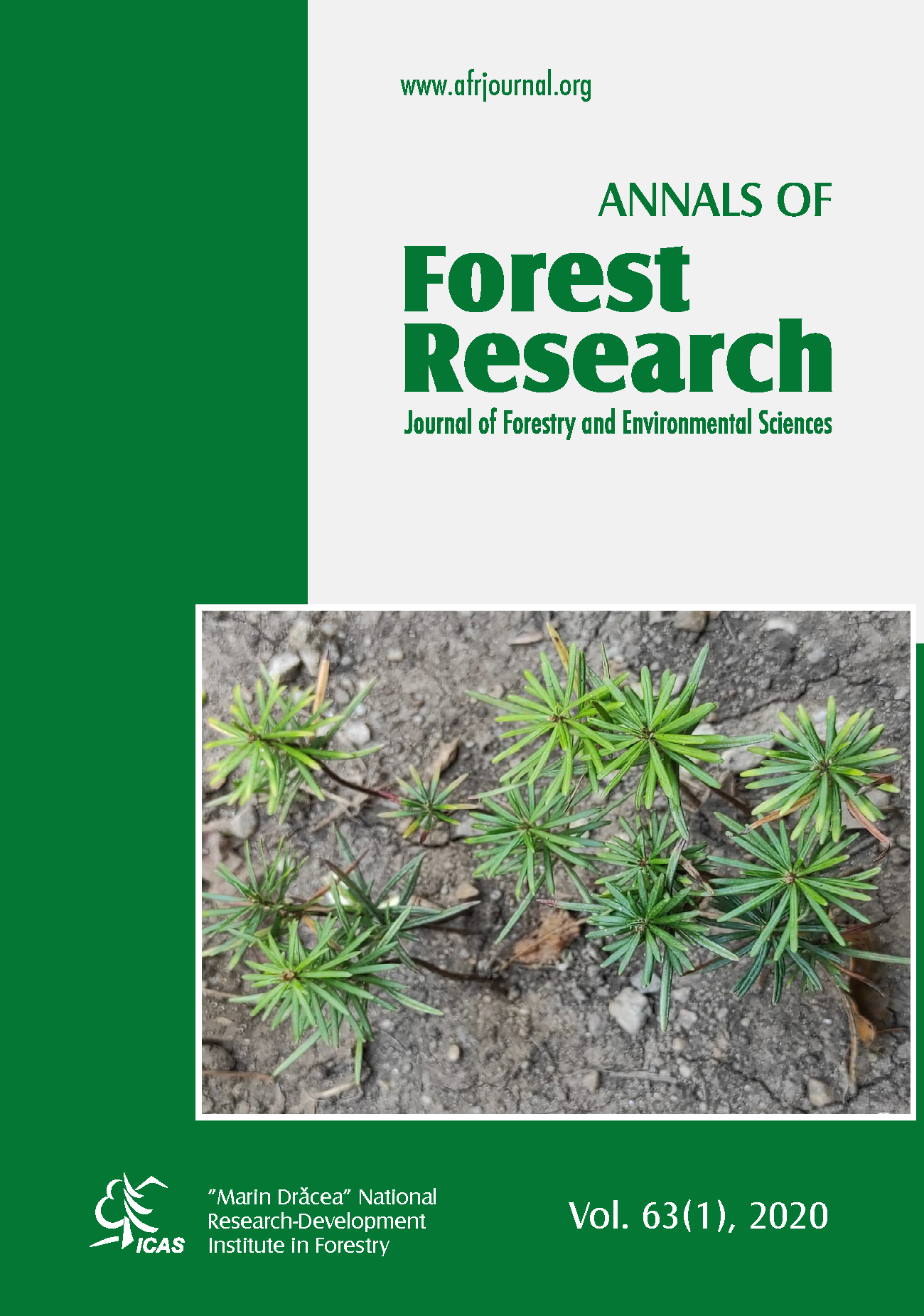Reassuring livelihood functions of the forests to their dependents: Adoption of collaborative forest management system over Joint forest management regime in India
DOI:
https://doi.org/10.15287/afr.2013.39Keywords:
Forest dependent people, poverty in India, institutional linkages, multilevel governance, tropical tasar silkworm, Antheraea mylittaAbstract
With regard to forest management, rural livelihood, and poverty in India, it is often debated that JFM regime is not delivering livelihood functions of the forests to their dependents. This paper examines the state and scale of two decades old people-centric JFM system of India, and analyses the reasons with their indicators to shade off its shine in reducing povertyamong forest dependent people in several parts of the country. Paper also iscuss, how and to what extent, adoption of a multi-agency linked Collaborative Forest Management (CFM) system could be a better strategy over JFM regime to reassure delivery of livelihood functions of the forests to their dependents in rural India. Arguments in this communication are intended to provide forest managers and policy-makers with necessary input to consider some location specific forest based entrepreneurial activities in CFM mode to provide a continuous source of small income to forest dependent people to ensure long lasting success of their forest management endeavours. Paper concludes with a recommendation to convert unviable JFM areas of India into a multiagency linked CFM system in a phased manner.Downloads
Published
Issue
Section
License
All the papers published in Annals of Forest Research are available under an open access policy (Gratis Gold Open Access Licence), which guaranty the free (of taxes) and unlimited access, for anyone, to entire content of the all published articles. The users are free to "read, copy, distribute, print, search or refers to the full text of these articles", as long they mention the source.
The other materials (texts, images, graphical elements presented on the Website) are protected by copyright.
The journal exerts a permanent quality check, based on an established protocol for publishing the manuscripts. The potential article to be published are evaluated (peer-review) by members of the Editorial Board or other collaborators with competences on the paper topics. The publishing of manuscript is free of charge, all the costs being supported by Forest Research and Management Institute.
More details about Open Access:
Wikipedia: http://en.wikipedia.org/wiki/Open_access





